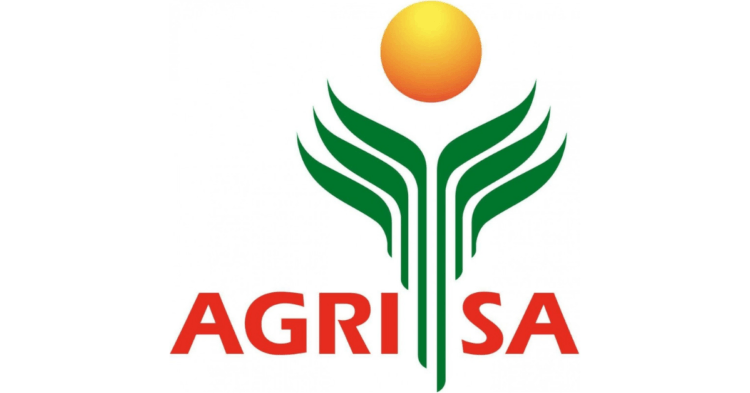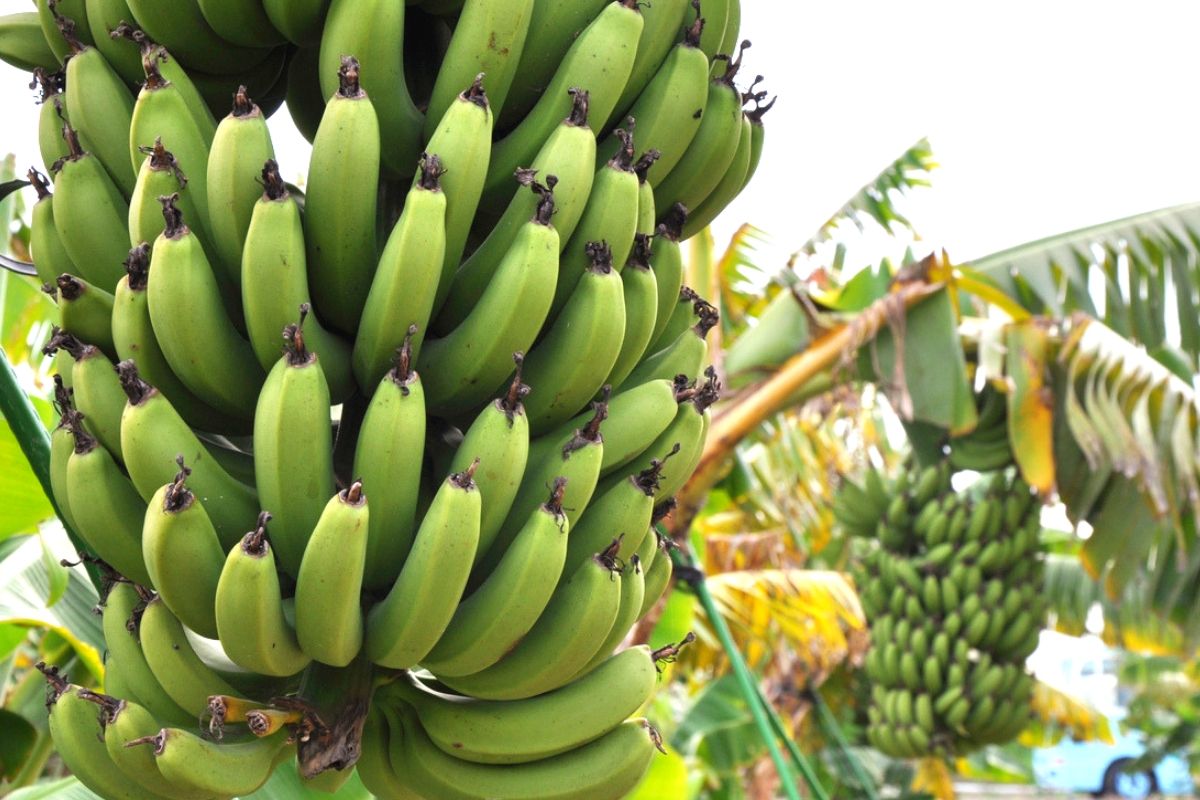Grape Farming: All You Need to Know

Grape farming in Africa can be traced back to the 16th century. It was common in South Africa, Morocco, Tunisia and Algeria. These countries produced about 60% of the worlds wine—a product of grape, till about the late 1950s. Grape farming is still an untapped sector in Africa, that is actually lucrative. Sadly, most grapes eaten in Africa is imported but we can capitalize on this demand to grow the African economy through grape farming.
Grape is botanically a berry, which can be eaten fresh as table grapes or be used in the making of wine, juice, jelly, grape seed extract, raisins, vinegar and grape seed oil. Grapes come in different colours: green, red, black, yellow and pink. They grow in clusters and come in seeded and seedless varieties.
To venture into grape farming in Africa you need to consider the following;
Climatic condition: Climates and soil are huge determinants of grape growth. The climatic conditions determine the types of grapes that can be produced in a region. The climate favours the ripening and high-quality of harvest-able grapes for wine production. Grapes thrive in warm days, cool nights and low humidity.
Site Location: When choosing a site, ensure to choose one that has fairly long days and sufficient sunlight, as it will help ripen the grapes. To get good red grapes, you need good sunlight. Areas with high humidity expose grapes to fungal diseases. You should also avoid areas prone to strong winds during the growing season because it will deplete the amount of water in the soil which affects the grapes negatively. For good coloring of red grapes and for bud fertility, you need adequate light intensity and sufficient ambient light during bloom.
It is of fact that you can grow grapes on all types of soil, but grapes, however, do not grow well in low nutrient and shallow soils. It is, advised that you grow your grapes on fertile and sufficient nutrient soil. The soil should have the following requirements:
See also: Wildlife Poaching In Africa
It should be at least 1 m deep, or deeper
It should be well-aerated
It should have sufficient drainage
It shouldn’t be saline
It should have a pH of 5.0 to 6.5 (KCl)
It should have good water-holding capacity
All intending grape farmers are advised to take the following precautions to reduce the danger of frost damage:
When choosing a site, select a high-lying area that will guarantee the free off-flow of cold air.
Good irrigation practice are required for cutting down excessive group.
Carefully ensure that the soil isn’t humid and doesn’t have weeds.
To prevent your ripe grapes from being eaten by birds, enclose the bunches in white paper bags – don’t use brown paper bags they give the grapes a bad taste.
More on MTFC:
- South African Farmers to enjoy Free Satellite Farming Data
- Nigerian Agricultural Sector Introduces Smart Seed Labeling Technology to Eliminate Low-Quality Seeds
- All you Need to Know Before Exporting to the UAE
- Investment Opportunities in Africa You Can Tap Into
- Leveraging on Meet The Farmers Conference for Agricultural Business Funds







